Designing Landing Pages for Pest Control Lead Generation
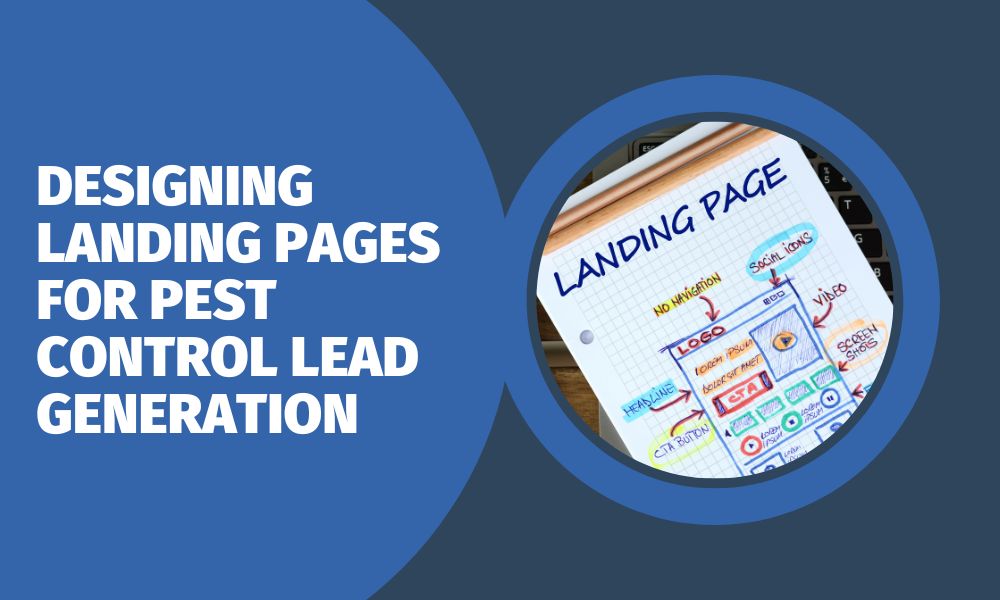
When homeowners or business owners search for pest control services online, they often have an urgent need. Whether dealing with an unexpected infestation or looking for long-term prevention, they want fast, reliable solutions—and your website needs to convince them that you’re the best choice. A landing page plays a crucial role in turning casual visitors into real customers. Unlike a traditional web page, which may contain broad information about your services, a landing page is highly focused. Its purpose is singular: to drive immediate action, whether it’s scheduling an inspection, requesting a quote, or signing up for pest management solutions. Many businesses overlook the power of well-optimized landing pages, losing potential leads due to ineffective design or unclear messaging. If your landing page isn’t converting, it’s time to refine the approach. What Separates a Landing Page from a Regular Website Page? Unlike service pages, which provide an overview of multiple offerings, landing pages are designed for specific campaigns, promotions, or lead generation efforts. They follow a simple formula: A landing page needs to streamline the visitor’s experience, making it as easy as possible to move from inquiry to action. Essential Components That Drive Conversions To make a landing page successful, every element must work toward persuading the visitor to take action. Strong landing pages typically include: By focusing on clarity, credibility, and ease of action, businesses increase the likelihood of converting website traffic into booked services. Writing Headlines That Instantly Grab Attention Your headline is the first impression, and it must immediately answer a key question: Why should a visitor choose your pest control service? Here’s how to write an impactful headline: A weak headline causes visitors to leave. A strong headline immediately reinforces confidence and encourages them to explore further. Structuring Your Landing Page for Maximum Engagement A landing page should feel effortless to navigate. If potential customers struggle to find key information, they’re more likely to exit without booking. Best practices for layout design: A well-structured page removes hesitation and makes conversion effortless. Reinforcing Trust with Reviews and Visual Proof Customers want assurance before committing to a service, and a landing page should provide visual and social proof to reinforce credibility. Effective ways to strengthen trust: A landing page that presents real-world success stories encourages more conversions. Creating Calls to Action That Drive Immediate Action A landing page must contain a clear, action-driven CTA that directs visitors toward the next step. A vague CTA reduces engagement, while a well-crafted one motivates customers to take action quickly. What makes a CTA effective? A powerful CTA guides visitors toward conversion, increasing the chances of lead generation. Tracking Performance and Optimizing for Better Results Landing pages require ongoing refinement to stay effective. By monitoring user behavior, businesses can make necessary adjustments to improve conversion rates. Key metrics to evaluate: Regular updates ensure the landing page continues to attract and convert new customers effectively. Increase Engagement and Drive More Inquiries with Expertly Crafted Landing Pages A landing page is one of the most effective tools for lead generation, helping pest control businesses turn website traffic into scheduled appointments. When built with strategy, trust, and compelling calls to action, it increases inquiries and ensures your services remain top-of-mind for potential customers. A strong landing page removes obstacles, simplifies decisions, and persuades visitors to take the next step with confidence. If your website isn’t converting as effectively as it should, refining your landing pages can make all the difference in your lead generation efforts. At Rhino Pest Control Marketing, we specialize in designing conversion-driven landing pages that maximize results. Whether your business needs local SEO optimization, Google Ads performance enhancements, or refined digital content strategies, our expertise ensures your online presence works efficiently to generate leads. Let Rhino Pest Control Marketing refine your strategy for maximum conversions. Contact us today to develop landing pages that drive real customer engagement and business growth.
24 Month Success Plan
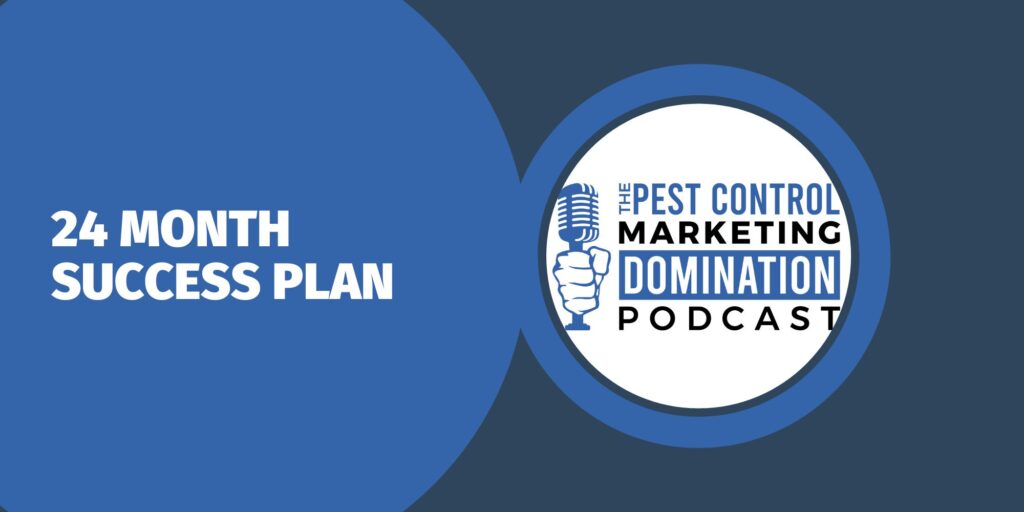
On Season 4, Episode #14 of the Pest Control Marketing Domination Podcast, Rhino Pest Control Marketing’s CEO Casey Lewis lays out a powerful 24-Month Success Plan designed to help pest control business owners build a stable foundation of 250+ recurring residential clients. This structured roadmap provides the key steps needed to create a predictable revenue stream that supports long-term business success. The discussion explores the Pest Control Success Pyramid, emphasizing why recurring revenue is vital for sustained growth. Casey explains how organic online strategies, including SEO, Google reviews, and local online presence, work hand-in-hand with paid advertising to drive consistent leads and conversions. Key insights from the episode include: If you’re looking for a clear blueprint to drive sustainable pest control business growth, this episode delivers actionable strategies that can be put into practice immediately. Take a listen below:
Writing SEO-Optimized Meta Descriptions for Pest Control Services
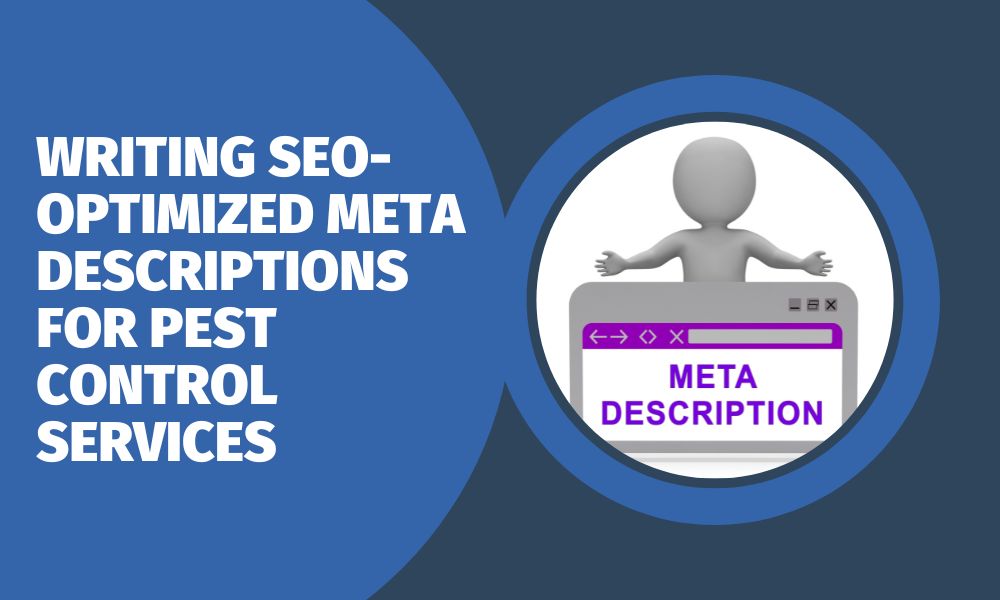
A well-crafted meta description can make all the difference when competing for search visibility. It’s not just about summarizing a page—it’s about capturing attention, increasing click-through rates, and boosting search performance. For pest control businesses, where urgency and trust matter, crafting SEO-optimized meta descriptions ensures homeowners see your services as the right solution. The Impact of Meta Descriptions on SEO Meta descriptions serve as a brief preview of your webpage, appearing in search results just beneath the title. While they don’t directly affect rankings, they influence user engagement, making search engines recognize your site as valuable. A strong meta description helps establish credibility and relevance, reassuring users that your pest control services align with their search needs. When descriptions are clear, compelling, and strategically optimized, they drive more clicks—leading to higher organic traffic and better visibility. How to Write High-Impact Meta Descriptions An effective meta description must be concise, engaging, and action-oriented, encouraging users to click through to your website. It should naturally incorporate keywords without sounding forced and focus on the customer’s needs. The best descriptions highlight service benefits, creating urgency with phrases like “Protect your home today” or “Get expert pest control solutions now”. Including location-based keywords improves visibility, making sure homeowners in your service area can find your business easily. Optimizing Meta Descriptions for Maximum Click-Through Rates Following SEO best practices ensures your meta descriptions are structured for success. Keeping descriptions between 150-160 characters prevents them from being cut off in search results, making them fully visible to users. Using action-driven language helps establish trust and authority. Instead of vague phrases like “Professional pest control services”, opt for more compelling statements such as “Fast, reliable extermination tailored to your home’s needs”. A refined approach improves engagement, driving more organic clicks to your website. For pest control businesses aiming to strengthen their search presence, refining meta descriptions is just one part of a broader SEO strategy. Mistakes to Avoid When Crafting Meta Descriptions Some pest control businesses overlook meta descriptions entirely, resulting in automatically generated text that lacks relevance. Others use generic or repetitive descriptions, which can hurt click-through rates and reduce search visibility. One of the biggest mistakes is exceeding the character limit, causing key information to be truncated in search results. Additionally, failing to include a strong call-to-action misses the opportunity to prompt users to take action—whether it’s scheduling an inspection or requesting a free consultation. Enhancing Search Visibility with Optimized Meta Descriptions A well-optimized meta description strengthens search visibility and customer engagement. Pest control businesses that focus on compelling, customer-focused descriptions see higher click-through rates, better search rankings, and increased leads. By incorporating strategic keywords, persuasive language, and clear service benefits, businesses can maximize their online presence and stand out in competitive searches. Mastering SEO Strategies with Effective Meta Descriptions An effective meta description strategy is essential for boosting your pest control business’s online presence. It not only enhances visibility in search results, making it easier for potential customers to find your services, but also builds credibility and trust, reassuring homeowners that your business is the right choice for their pest management needs. A well-crafted meta description acts as a digital storefront, drawing users in by providing a clear, concise, and engaging preview of your website’s content. By optimizing meta descriptions across your website, you create consistent messaging that aligns with user search intent, leading to higher click-through rates and improved customer engagement. A strong meta description compels users to take action, whether it’s scheduling an inspection, requesting a quote, or learning more about your services. In an increasingly competitive industry, refining meta descriptions ensures your business stands out, attracting more leads and converting searches into valuable customer interactions. Struggling to improve search rankings? Rhino Pest Control Marketing provides expert-driven SEO strategies designed specifically for pest control businesses. Whether you need powerful meta descriptions, enhanced optimization, or a stronger online presence, we tailor solutions that maximize impact.
Mining your database – Prospect Lists
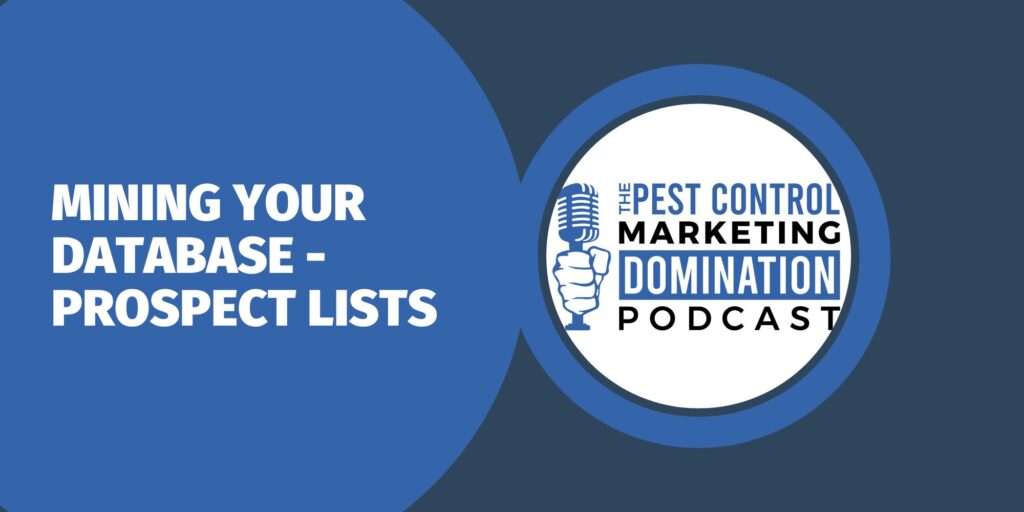
On Season 4, Episode #13 of the Pest Control Marketing Domination Podcast, Rhino Pest Control Marketing’s CEO Casey Lewis discusses how pest control business owners can effectively mine their contact database to drive meaningful growth. A well-structured prospect list isn’t just a collection of names—it’s a strategic asset that, when optimized, leads to higher conversions, better customer engagement, and a stronger return on investment. In this episode, Casey breaks down key tactics for organizing and refining your contact database. He shares insights into tag protocols, seasonal plans, and segmenting lists to create sales funnels that align with customer needs. By mastering this approach, pest control business owners can leverage their existing contacts to secure more appointments and increase revenue. Key Takeaways: This episode provides actionable insights for pest control professionals looking to enhance their prospect lists, segment leads effectively, and convert database contacts into paying customers. Take a listen below:
The Importance of Quality Content in Pest Control Marketing
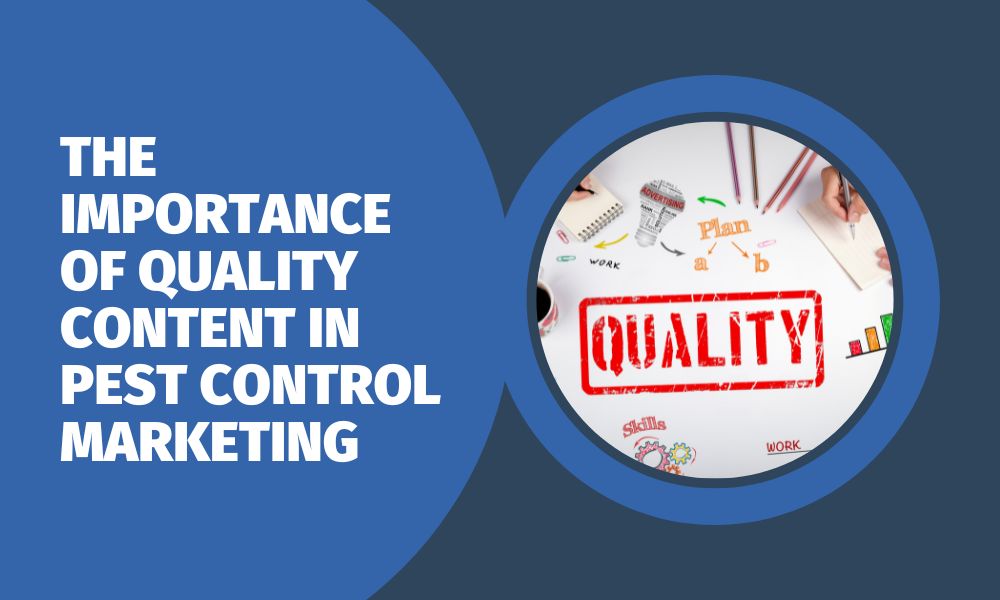
Why Your Pest Control Business Needs High-Quality Content Imagine a homeowner dealing with a sudden termite infestation. They search online for solutions and land on two different websites—one with vague, generic information and another with detailed, expert insights that immediately address their concerns. Which company will they trust? Effective content makes all the difference. If your pest control business offers valuable information that resonates with potential customers, you establish trust and position yourself as the go-to expert. Beyond just looking professional, high-quality content ensures your services are seen, understood, and preferred over competitors. Without strong content, even the most effective pest control strategies can go unnoticed. How Quality Content Boosts Your Pest Control Business Strategic content is more than just words—it’s a marketing powerhouse that drives real results. It helps you: A strong content strategy keeps your pest control business ahead of the competition. Essential Components of High-Quality Pest Control Content To maximize your marketing impact, make sure your content includes: Quality content transforms casual readers into loyal customers. Optimizing Content for Pest Control Marketing Success SEO isn’t just about ranking higher—it ensures your content reaches the right audience. Here’s how to maximize its impact: 1. Strengthening Service Pages Your service pages should guide visitors to take action. To optimize them: 2. Writing Meta Descriptions That Convert Meta descriptions drive clicks from search results. To make them effective: 3. Leveraging Blog Content for SEO Regular blog updates help drive organic traffic. Great pest control topics include: Connecting with Customers Through Storytelling Your customers aren’t just looking for pest control—they want reassurance that they’re hiring a company that understands their concerns. Storytelling builds trust by: When visitors feel personally connected to your content, they’re more likely to choose your services. Refining Your Content Strategy Over Time Creating high-quality content is an ongoing process. To ensure long-term success, regularly: Staying proactive ensures your content remains relevant and effective. Engage Your Audience with Meaningful, Actionable Content Pest control marketing isn’t just about visibility—it’s about engagement. Customers are looking for businesses that provide clear answers, expert insights, and reliable solutions. By producing content that educates, informs, and builds trust, you set yourself apart in a competitive market. Whether it’s service page enhancements, informative blogs, or strategic keyword placement, investing in quality content keeps your audience engaged and encourages long-term customer relationships. Contact Rhino Pest Control Marketing today to discover how expert content strategies can take your pest control business to the next level.
Pest Control Marketing-Using High-Level Software
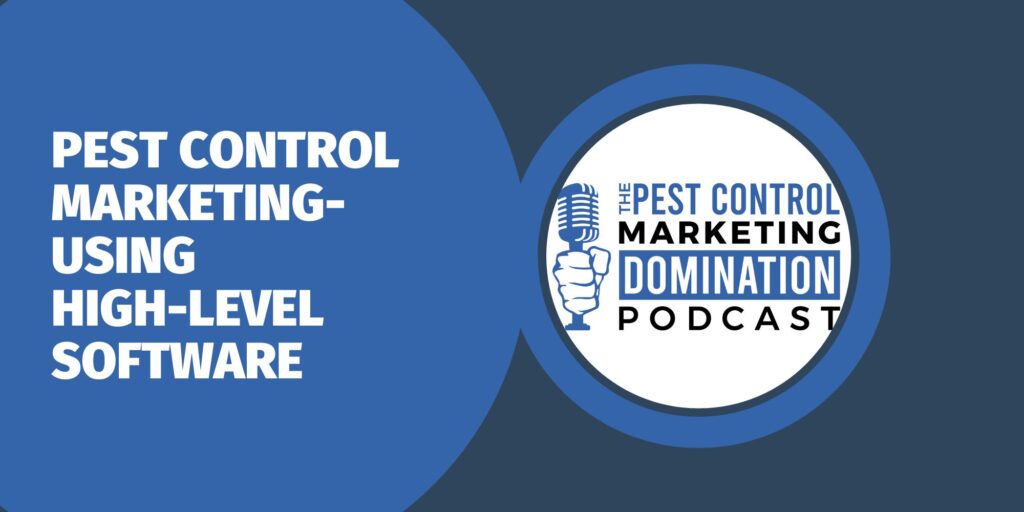
On Season 4, Episode #12 of the Pest Control Marketing Domination Podcast, Rhino Pest Control Marketing’s CEO Casey Lewis discusses the essentials of using GoHighLevel software to optimize pest control marketing strategies. This episode dives into the step-by-step process of onboarding a new pest control client using GoHighLevel, including setting up a custom sales pipeline with automated notifications, review requests, and follow-up strategies. Casey also reveals how to create recurring campaigns like newsletters and backburner messaging, ensuring long-term engagement for your leads. Additionally, you’ll discover how custom campaigns and funnels can promote specialized services such as mosquito control, termite inspections, and rodent removal. By driving paid traffic from Google Ads directly to targeted landing pages, pest control businesses can significantly boost their conversion rates and maximize marketing ROI. If you’re looking to implement smarter, automated systems to deliver measurable results for your pest control clients, this episode is packed with actionable insights you won’t want to miss. Take a listen below:
Creating an Effective Social Media Calendar for Your Pest Control Business
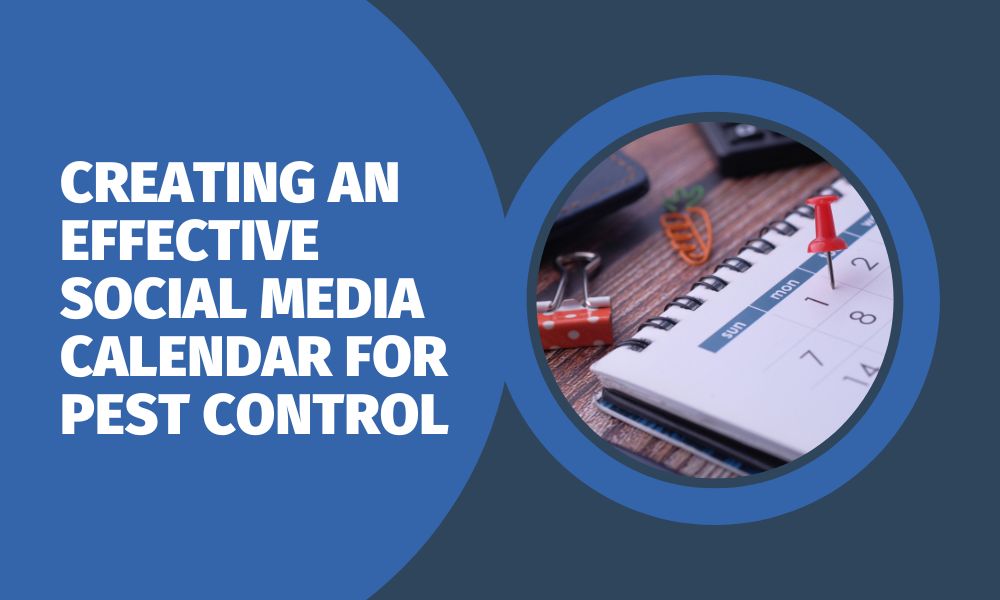
Social media is a powerful tool that allows pest control businesses to connect with their audience and build a stronger online presence. If you’re looking to streamline your social media efforts, explore how our social media marketing strategies for pest control can amplify your success. A social media calendar acts as your roadmap, ensuring your content is timely, relevant, and engaging. Let’s dive into the steps, tools, and strategies to build a calendar that works seamlessly for your business and keeps your audience engaged. Why You Need a Social Media Calendar A social media calendar is more than just a schedule—it’s a strategic framework for consistent and impactful content creation. Here’s why it’s essential for pest control businesses: Steps to Build an Impactful Social Media Calendar 1. Define Your Goals Before diving in, outline what you want to achieve. Do you aim to increase followers, boost customer engagement, or drive traffic to your website? Clearly defined goals help you stay focused and measure your success effectively. 2. Research Your Audience Knowing your audience is key. Understand their preferences, challenges, and behaviors. For example, homeowners might be looking for quick pest prevention tips, while businesses may need specialized pest control services. Tailor your content to address these needs. 3. Choose Your Content Pillars Content pillars are the recurring themes or categories your posts will revolve around. For pest control, these could include: 4. Create a Posting Schedule Decide how frequently you want to post and on which platforms (e.g., Facebook, Instagram, LinkedIn). Posting consistently—whether it’s daily, three times a week, or weekly—helps maintain visibility and engagement. Tools to Simplify Your Calendar Creation Managing a social media calendar doesn’t have to be overwhelming. Use tools like Trello, Google Sheets, or dedicated platforms like Sendible or Buffer. These tools allow you to: Tips for Engaging Your Audience Your calendar should reflect a variety of content types designed to captivate your audience. Here are some ideas to inspire engagement: Measuring Success To ensure your social media calendar is effective, keep track of key performance indicators (KPIs). Regularly monitor metrics such as: Additionally, pay attention to post-performance analytics on each platform to refine your strategy and optimize future content. Empower Your Pest Control Business with Rhino Pest Control Marketing Creating a social media calendar can transform your online presence and help your pest control business thrive. At Rhino Pest Control Marketing, we specialize in Social Media Marketing for Pest Control, providing tailored strategies to maximize your engagement and grow your audience. Contact Rhino Pest Control Marketing today, and let us guide your business toward sustained growth with expert marketing solutions.
Google – Friend or Foe?
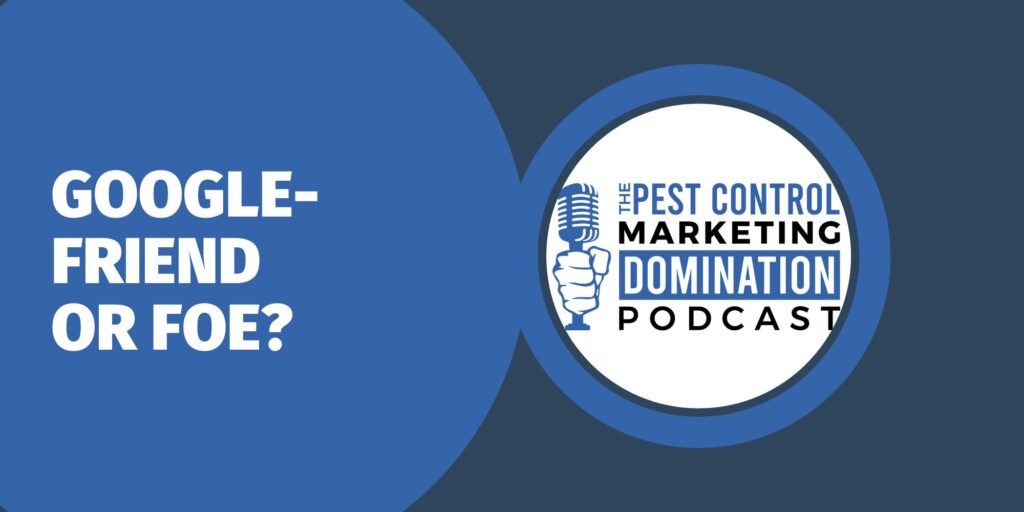
On Season 4, Episode #10 of the Pest Control Marketing Domination Podcast, Rhino Pest Control Marketing’s CEO Casey Lewis explores the topic, “Google – Friend or Foe?” Casey dives into the role Google plays in shaping the online presence of pest control companies. He discusses its history as a search engine superpower, the transition from the golden days of the Yellow Pages, and how pest control businesses can leverage Google to build their “success pyramid.” The episode also introduces a new plan, combining GoHighLevel software with a small-budget Google campaign, helping businesses capitalize on Google’s dominance while maintaining cost efficiency. Take a listen below:
Integrating AI and Automation in Pest Control Marketing
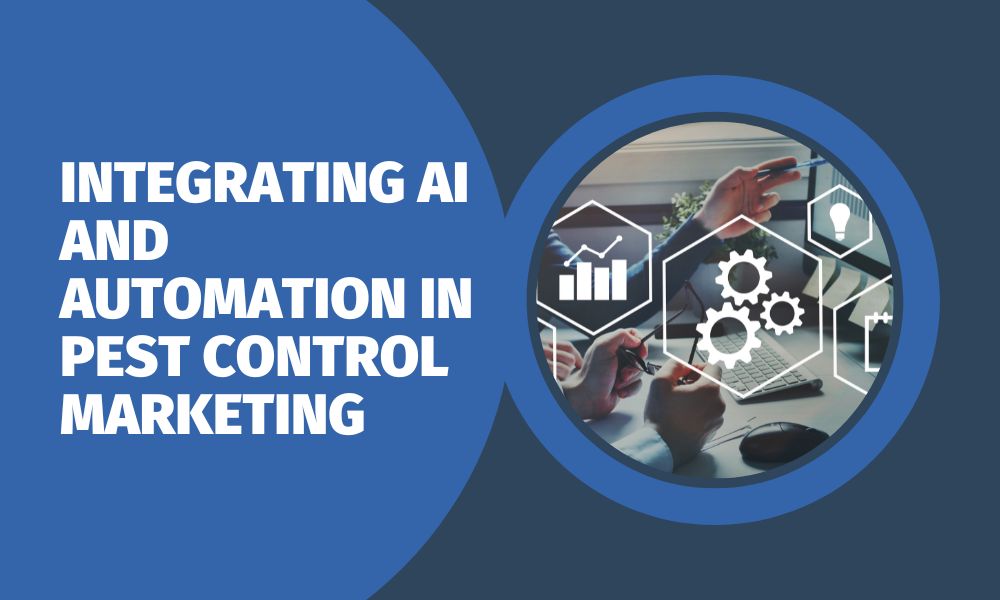
The digital marketing landscape is constantly evolving, and for pest control businesses, staying competitive means embracing innovative solutions. AI and automation have emerged as powerful tools that can transform marketing strategies, optimize operations, and deliver better customer experiences. A key foundation for maximizing these technologies is having a Smart Pest Control Website, designed to support your business’s growth and efficiency in the age of AI. Streamlining Marketing Processes Integrating AI and automation into your marketing can help streamline repetitive tasks, so your team can focus on what they do best: providing exceptional pest control services. Here are a few key areas where these tools make an impact: By automating these tasks, pest control companies can improve efficiency and focus their efforts on creating value for their clients. AI makes it easier to handle complex campaigns with precision and adapt quickly to changing customer needs. Enhancing Customer Experience Delivering a superior customer experience is essential for building trust and long-term relationships. AI provides tools that help pest control businesses cater to individual customer preferences. For example: By embracing AI-driven solutions, you’ll be able to strengthen your customer relationships and position your business as a trusted authority in pest control. Improving Local SEO Performance A strong online presence is critical for attracting local customers in need of pest control services, and AI can take your local SEO efforts to the next level. Here’s how: These automated strategies not only save time but also help your business stay competitive by ensuring it ranks higher in local search results. Driving Data-Driven Decisions AI and automation empower pest control companies with actionable insights through data analysis. Leveraging this data allows you to: By integrating these tools into your marketing efforts, you can confidently make smarter decisions and stay ahead of the competition. Talk to Our Experts at Rhino Pest Control Marketing The digital landscape is changing rapidly, and leveraging AI and automation isn’t just an option—it’s the key to staying competitive in pest control marketing. At Rhino Pest Control Marketing, we’re dedicated to helping your business grow by combining cutting-edge strategies with personalized solutions tailored to your needs. Whether it’s enhancing local SEO, designing a smart pest control website, or streamlining your marketing approach, we’ve got you covered. Talk to our experts at Rhino Pest Control Marketing today to unlock the full potential of AI and automation. Together, we’ll elevate your brand, attract more customers, and build a stronger online presence that keeps your business ahead of the competition.
Best Practices for Pest Control Business Websites
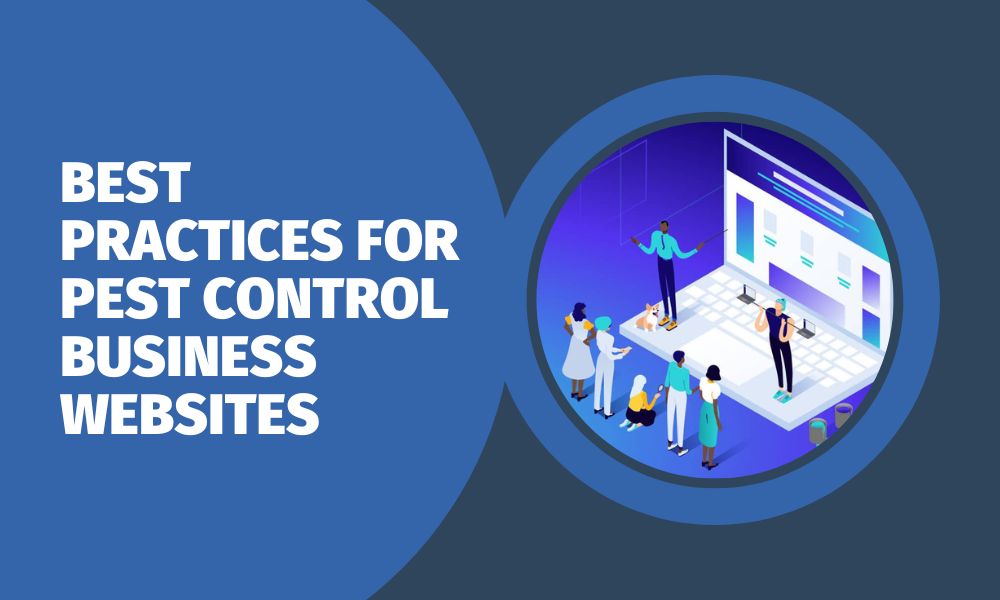
Your website is the digital storefront of your pest control business. It’s often the first point of contact for potential customers, which makes having a professional, user-friendly, and effective website essential. A well-designed website not only builds credibility but also converts visitors into loyal clients. Leveraging tools and strategies to create a Smart Pest Control Website can further enhance your business’s ability to attract and engage customers effectively. Here are the best practices for creating a website that positions your pest control business for success. Start with a Clear and Engaging Homepage Your homepage serves as the gateway to your business. It should immediately communicate who you are, what you do, and how customers can benefit from your services. Include the following key elements: Prioritize Mobile Responsiveness With the majority of users browsing websites on mobile devices, ensuring your site is mobile-friendly is crucial. A responsive design adapts to various screen sizes, providing a seamless experience for users whether they’re on a smartphone, tablet, or desktop. Test your site on different devices to guarantee quick loading times, readable text, and intuitive navigation. Optimize for Local SEO Most pest control customers search for services in their local area. To boost your website’s visibility, focus on local SEO: Provide Comprehensive Service Pages Each of your pest control services deserves its own dedicated page to inform and persuade potential customers. For instance, you might have separate pages for termite control, mosquito prevention, and rodent removal. On these pages: Make Navigation Simple and Intuitive A confusing website drives visitors away. Ensure your navigation menu is well-organized and easy to use. Include clear categories like “Home,” “About Us,” “Services,” “Blog,” and “Contact.” The goal is to make it easy for users to find what they need in just a few clicks. Build Trust with Testimonials and Case Studies Potential customers want assurance that your pest control services are reliable. Include: This type of social proof reinforces credibility and makes your business more appealing. Incorporate an Informative Blog Section An active blog filled with pest control tips, seasonal advice, and educational content not only positions you as an authority but also improves your search engine rankings. For instance, articles on topics like “How to Identify Termite Damage” or “Top Tips for Mosquito Prevention” provide value to visitors and keep them engaged with your site. Ensure Strong Calls-to-Action (CTAs) Your website should guide visitors to take action. Examples of effective CTAs include: Position these CTAs strategically throughout the website, ensuring they are easy to spot and click. Focus on Website Speed and Security A slow-loading website frustrates visitors and can harm your search rankings. Use tools to test your site speed and optimize it by compressing images, leveraging browser caching, and minimizing code. Additionally, ensure your website is secure by implementing an SSL certificate, which displays the “https://” and a padlock symbol in the browser bar. Regularly Update and Maintain Your Website A website is not a set-it-and-forget-it tool. Regular updates keep your site relevant and functional: Take Your Website to the Next Level with Rhino Pest Control Marketing Designing and maintaining a professional pest control business website requires expertise and a focus on customer needs. At Rhino Pest Control Marketing, we specialize in creating custom, responsive, and results-driven websites tailored to the pest control industry. Whether it’s optimizing your website for local SEO or transforming it into a Smart Pest Control Website with engaging features like testimonials and blogs, we’ve got you covered. Contact Rhino Pest Control Marketing today to build a website that leaves a lasting impression and drives business growth.
